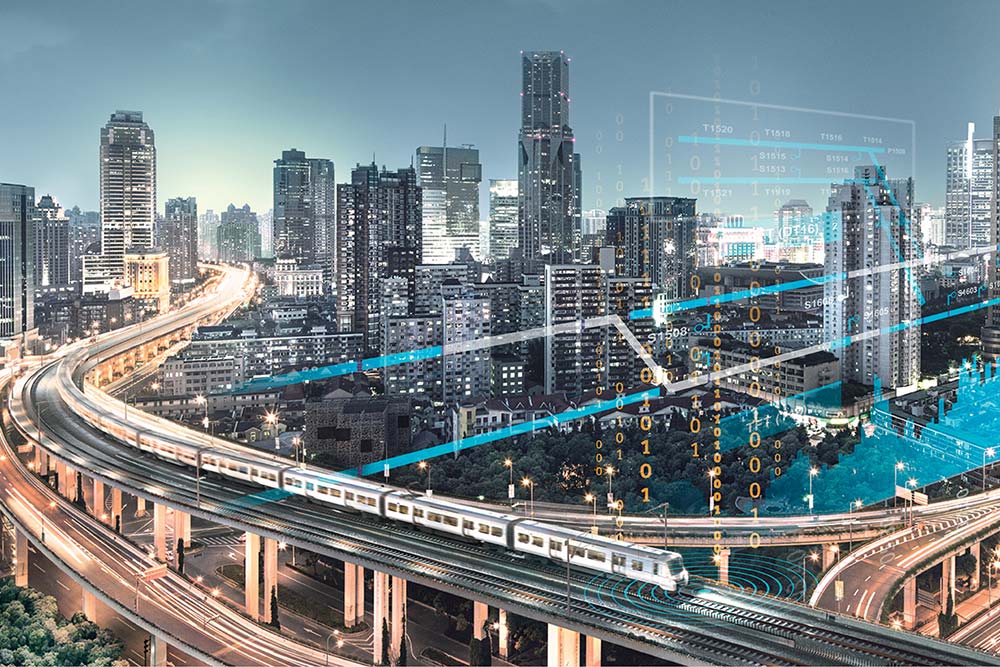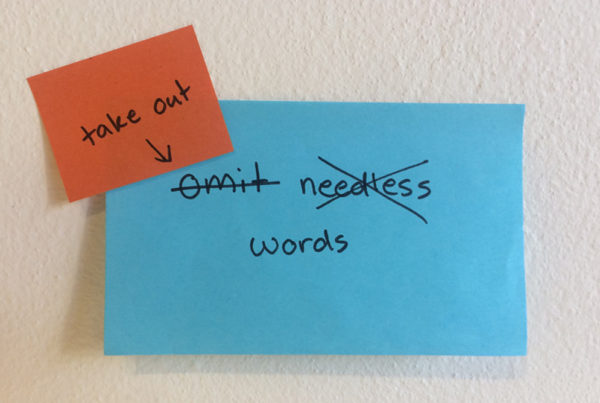A new locally designed remote diagnostics and data management system from Siemens has become available to Australian rail operators that the company said can “help predict the future to avoid pitfalls”.
The technology dubbed as the Remote Diagnostic and Advisory System (RDAS) was designed to, for the first time, integrate disparate on a network and give rail operators the ability to view all their assets in ‘real-time’ through one consolidated platform, which is a function that Siemens said does not currently exist.
This new technology was launched at AusRAIL PLUS 2015 in Melbourne, which monitors interlocking, network peripherals, point machines, signals, axle counters and others. Currently each device uses individual monitoring tools.
As condition monitoring of railway assets becomes an increasingly challenging task for rail operators who are constantly under pressure to ensure that systems such as signals, communications, track work, substations and surveillance are working properly, the need for a new system that keeps track of it all in one central platform becomes more evident.
Siemens local head of mobility division, Max Eichhorn said there are several diagnostic systems in the rail industry, but this is the first technology-agnostic system which brings together many disparate systems into the one view.
“It’s a powerful tool for any network provider,” Mr Eichhorn said.
He said the potential for efficiencies and savings are “enormous”, and pointed to one scenarios of predicting faults in train doors.
“We’ve found that by measuring the current on the motors that open and close the door, via our Remote Diagnostic and Advisory System we can now predict 85 per cent of the time when a fault is going to occur – before it actually occurs,” Mr Eichhorn said.
He said this means that a train is scheduled for service rather than taking a train out of service and disrupting thousands of commuters.
According to Siemens, there is at least $50 trillion needing to be spent globally on infrastructure development between now and 2030, and the company has significant initiatives in the area of digitalisation to provide users with smart decision support tools.






